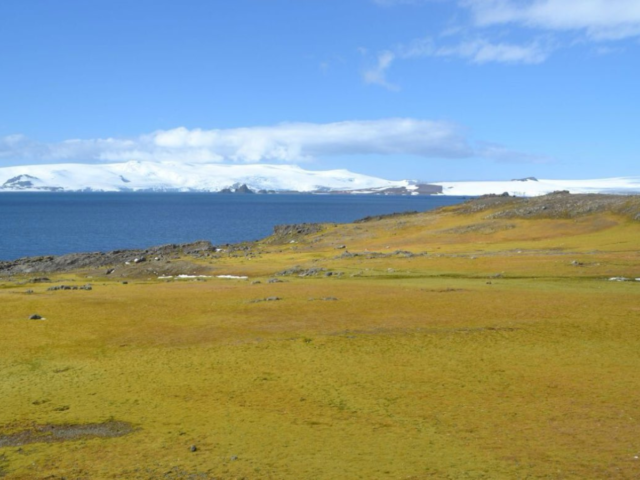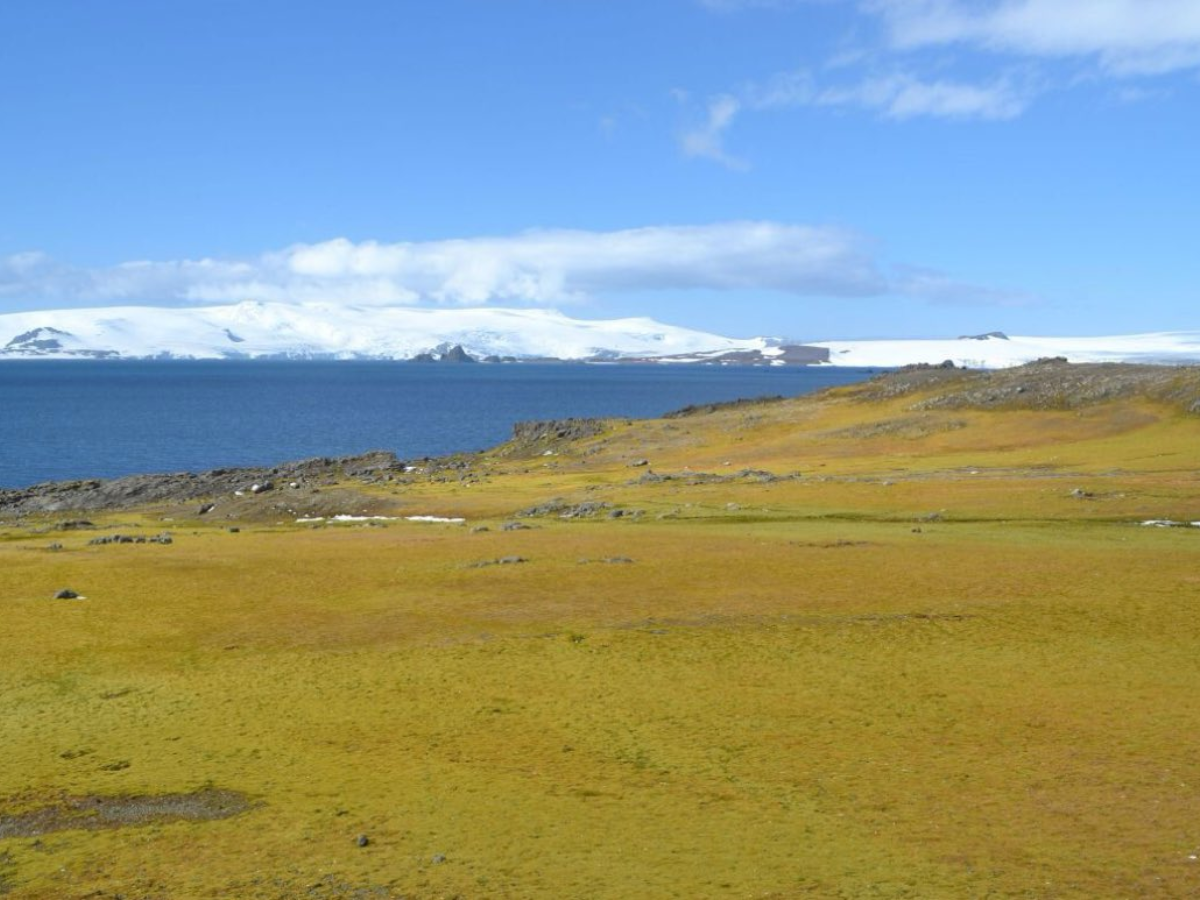
The study, conducted by experts from the University of Exeter and the British Antarctic Survey, reveals that vegetation cover on the Antarctic Peninsula expanded from less than one square kilometer in 1986 to nearly 12 square kilometers by 2021. The findings were published in the journal Nature Geoscience.
The researchers used satellite data to assess the rate of greening in response to climate change. They noted that the acceleration in vegetation growth coincides with a marked decrease in sea-ice extent in Antarctica between 2016 and 2021. “This recent acceleration in the rate of change in vegetation cover coincides with a marked decrease in sea-ice extent in Antarctica over the same period,” the authors wrote in the study.
The Antarctic Peninsula is warming faster than the global average, leading to more frequent extreme heat events. Dr. Thomas Roland, a corresponding author from the University of Exeter, stated, “The plants we find on the Antarctic Peninsula — mostly mosses — grow in perhaps the harshest conditions on Earth.” While the landscape remains largely dominated by snow, ice, and rock, the small area colonized by plant life is growing significantly, demonstrating that even this vast and isolated wilderness is affected by human-caused climate change.
Concerns are rising about the future ecological balance of the region. Dr. Oliver Bartlett from the University of Hertfordshire cautioned that as the climate warms and these plant ecosystems become more established, the extent of greening will likely increase. “Soil in Antarctica is mostly poor or non-existent, but this increase in plant life will add organic matter and facilitate soil formation – potentially paving the way for other plants to grow,” Bartlett explained. This greening could introduce new species of plants, raising the risk of non-native and invasive species establishing themselves on the peninsula, potentially transported by eco-tourists, scientists, or other visitors.
The researchers have called for urgent further studies to identify the specific climate and environmental factors driving this rapid greening trend. They warned that the sensitivity of the Antarctic Peninsula’s vegetation to climate change is now clear, and under future human-caused warming, fundamental changes to the biology and landscape of this iconic and vulnerable region could occur.
Dr. Roland added, “The sensitivity of the Antarctic Peninsula’s vegetation to climate change is now clear and, under future (human-caused) warming, we could see fundamental changes to the biology and landscape of this iconic and vulnerable region.”
In conclusion, the findings of this study underscore the critical need to understand these changes to protect Antarctica. As the continent experiences this unprecedented greening, researchers stress that gaining insights into the underlying causes is essential to safeguard its unique ecosystems.




































